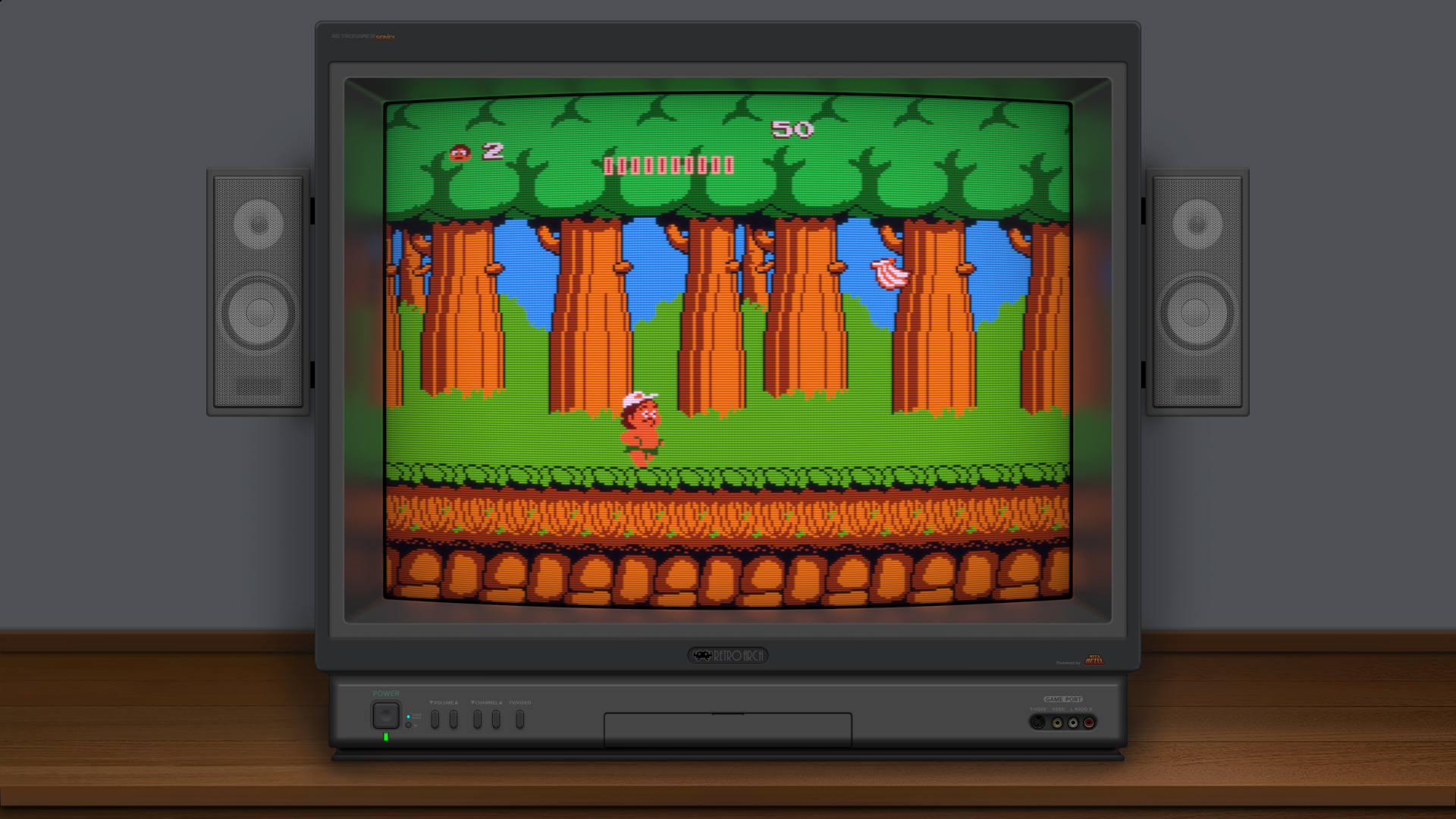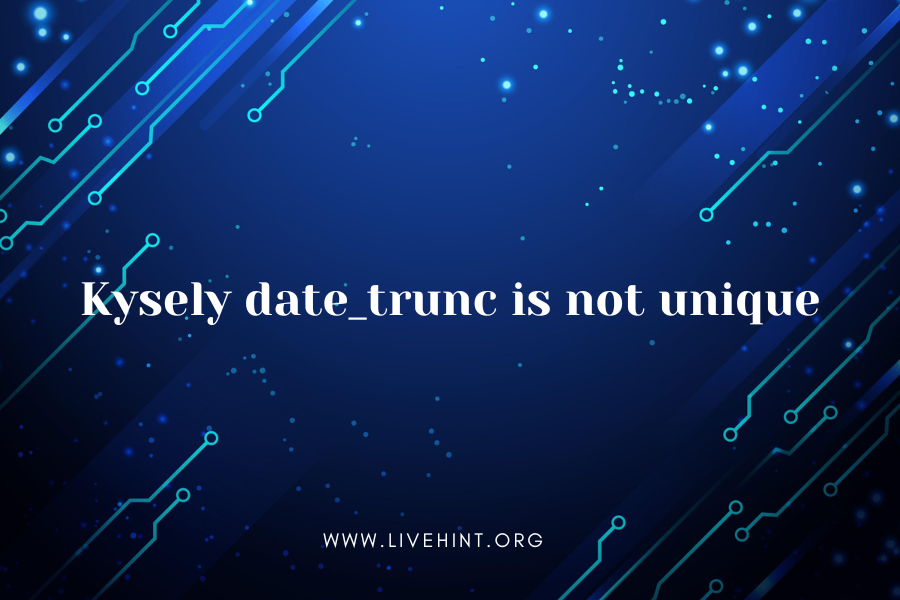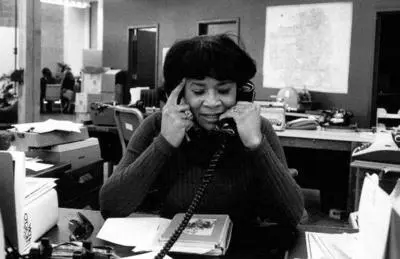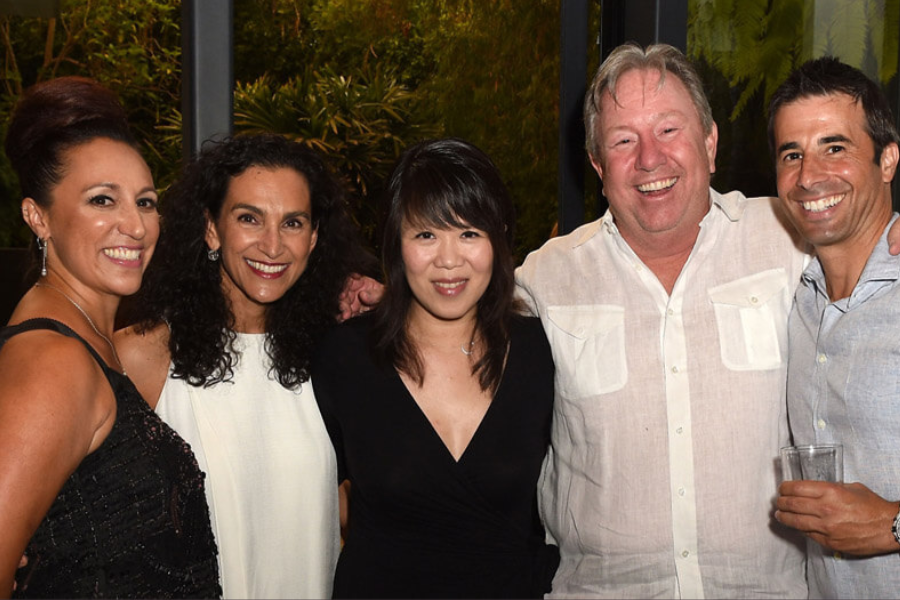Retro gaming has become increasingly popular in recent years, with many players seeking to relive the nostalgia of classic titles through emulators. One method of enhancing these old games’ visual appeal is the application of shaders—specialized visual effects that adjust the way the game appears on modern screens. These shaders can replicate the look of vintage CRT displays, soften pixelation, or introduce various other effects to improve the visual quality. Among the many shader packs available, Sonkun Shaders have attracted attention for their customization options. However, when applied to systems like the Game Boy Advance (GBA), these shaders sometimes make the graphics look “off.” This article explores why this happens and how to address these visual discrepancies when using Sonkun Shaders Make GBA Look Off emulation.
Why Shaders Matter in Retro Gaming
Shaders are small programs that modify how visuals are rendered in video games. In retro gaming, shaders are particularly important when using emulators to simulate the look of old monitors, especially CRTs (Cathode Ray Tubes). Back in the day, games were played on CRT screens, which had specific characteristics like scanlines, slight image distortion, and a soft, rounded display. Shaders recreate these effects on modern screens, improving the look of older games while preserving the feel of the original experience.
For systems like the Game Boy Advance (GBA), shaders are essential for maintaining the nostalgic appeal tied to the handheld’s visual style. Emulators like RetroArch allow players to replicate the CRT effects on larger flat-screen displays. However, shaders do not always work well with all consoles. Some shaders, including Sonkun shaders, might not produce the desired result when used on GBA games.
Overview of Sonkun Shaders
Sonkun shaders are a collection of shaders designed for use in emulators like RetroArch. These shaders focus on emulating the visual style of older CRT televisions, aiming to reproduce the analog imperfections of these displays. Features such as scanlines, screen curvature, and color shifts are central to what Sonkun shaders aim to replicate, providing a more authentic look to retro titles.
What sets Sonkun shaders apart is their high level of customization. Users can tweak various settings like gamma, saturation, contrast, and scanline intensity. This allows for an individualized experience that can be adjusted to the player’s preferences.
Despite their versatility and range of effects, Sonkun shaders don’t always work well with all retro games, especially those on the Game Boy Advance. When used on GBA titles, the result may not always match the intended visual output. Understanding the root cause of these issues can help users fine-tune their settings or choose different shader options for a better result.
How Sonkun Shaders Alter GBA’s Visual Appeal
The Over-Saturation of Pixel Art Detail
One of the most prominent problems when applying Sonkun shaders to GBA games is the over-processing of pixel art. The Game Boy Advance’s graphics are pixel-based, a defining feature of its visual style. The pixel art in GBA games often utilizes sharp, clear edges and distinct shapes. However, the customization options available in Sonkun shaders, particularly those affecting blending effects, can blur these pixels or smooth out details. As a result, the clarity of the original artwork is diminished, and the game may appear less faithful to its original form.
While this effect may work for other systems with more detailed graphics or higher resolutions, it’s problematic for GBA games, where crisp, clear pixel art is vital. Excessive blurring of the pixels can make the game look softer, stripping away the charm of the retro aesthetic.
The Problem with Excessive Blur and Scanline Effects
Another feature of Sonkun shaders is the simulation of CRT display imperfections like blur and noise, which were common on older analog screens. Although this effect can create a sense of nostalgia, it may not work well on small portable displays such as the GBA. The blur effect, intended to emulate the smooth, rounded look of CRT screens, can overwhelm the already pixelated graphics of GBA games.
Moreover, the scanline effect—meant to mimic the horizontal lines visible on CRT screens—can be overly pronounced on modern displays. On a device like the GBA, these scanlines may become a distraction, blocking important details and affecting the game’s overall presentation. While scanlines can enhance certain retro visuals, they often do more harm than good on a small, low-resolution screen like the GBA’s.
Mismatch with the GBA’s Display Capabilities
The Game Boy Advance has a unique display with a relatively low resolution (240×160 pixels) and a limited color palette (32,768 colors). GBA graphics were designed with these limitations in mind, making them suitable for small screens with specific visual characteristics. However, Sonkun shaders were originally developed for larger screens with higher resolutions, which makes them less effective when used on the GBA.
When applied to GBA games, Sonkun shaders may clash with the handheld’s capabilities, resulting in visuals that are either over-processed or lack the intended visual impact. Features such as resolution enhancement or certain color effects may be too aggressive for the GBA’s modest display, leading to a distorted and unsatisfactory visual experience.
Color Accuracy Issues
Color accuracy is another area where Sonkun shaders can make GBA games look off. The GBA’s screen was known for its slightly washed-out colors, contributing to its nostalgic appeal. However, Sonkun shaders can alter the color profile, resulting in over-saturated hues or muted tones. This change can diminish the vibrancy of the original visuals, which is particularly noticeable in games where color plays an essential role in setting the mood or defining character designs.
Visual Artifacts and Unwanted Effects
Sometimes, Sonkun shaders can introduce unwanted artifacts into the visuals, such as glitches, pixelation, or strange color shifts. While shaders are meant to add particular effects, these can clash with the original design of GBA games, which often feature simple, clean visuals. This can lead to an image that appears inconsistent or distorted compared to the game’s original design.
How to Improve Visual Output or Choose Better Alternatives
Although Sonkun shaders may not always be ideal for GBA emulation, there are ways to enhance the visual experience or select better alternatives.
Adjust Shader Settings
One option is to fine-tune the settings within the Sonkun shader pack. Reducing the blending effect or turning off features like scanlines or the “TVOut Composite Enable” option can help restore the original clarity of pixel art. Additionally, adjusting gamma and contrast settings can improve color accuracy, making the game look closer to how it appeared on the original GBA screen.
Use GBA-Specific Shaders
Rather than relying on general CRT shaders like Sonkun, it’s better to opt for shaders designed specifically for handheld systems like the GBA. Some emulators, such as RetroArch, feature presets optimized for small, low-resolution screens. These presets preserve the sharpness of pixel art without overwhelming the screen with excessive effects.
Try Alternative Shader Packs
If Sonkun shaders don’t provide the desired result, exploring other shader packs may be beneficial. Many emulator developers offer specialized shaders that better suit the visual needs of GBA games. For example, shaders like CRT-Royale are popular for enhancing retro visuals without distorting the original experience. Alternatively, some players opt for simpler shaders that mimic flat-screen or LCD displays, which provide a more faithful representation of the GBA’s look.
Customize Presets
For more control, creating custom presets is an option. By adjusting settings such as saturation, resolution, and scanline intensity, users can strike a balance between maintaining nostalgia and ensuring clarity, achieving a pleasing and accurate visual output.
Key Facts about “Sonkun Shaders Make GBA Look Off”:
- Purpose of Shaders:
Shaders are used in emulators to adjust how games are displayed on modern screens. They aim to replicate the visual characteristics of older CRT monitors, enhancing the retro gaming experience.
- Customization and Flexibility:
Sonkun shaders are known for their high level of customization, offering various settings like gamma, saturation, contrast, and scanline intensity. They allow users to tweak the visual effects for a personalized experience.
- Problems with GBA Emulation:
Despite their versatility, Sonkun shaders often make GBA games look “off” because the shaders were designed for larger, high-resolution screens, not the small, low-resolution displays of handheld systems like the Game Boy Advance.
- Over-Processing Pixel Art:
One of the main issues with using Sonkun shaders on GBA games is the over-processing of pixel art. The shaders can blur or smooth out the sharp, clear edges of GBA graphics, which compromises the clarity and crispness of the original pixel art.
- Excessive Blur and Scanlines:
Sonkun shaders simulate CRT imperfections, including blur and scanlines, but these effects can be too strong on GBA games. The blur can overwhelm the pixelated graphics, and scanlines may obscure important details on the small screen.
- Incompatibility with GBA Display Characteristics:
The Game Boy Advance has a low-resolution display (240×160 pixels) and limited color range, and Sonkun shaders were developed for larger screens. This mismatch can distort the visuals, making them look over-processed or visually unappealing.
- Color Accuracy Issues:
The shaders can alter color saturation, sometimes resulting in overly saturated or muted colors, which disrupts the GBA’s original color palette and visual design.
- Visual Artifacts:
The application of Sonkun shaders can introduce unwanted artifacts like pixelation or color shifts, which clash with the simple, clean design of GBA games, making them appear distorted or inconsistent with the original game.
- Solutions to Improve Visual Output:
Adjusting the shader settings, opting for GBA-specific shaders, or trying alternative shader packs can help resolve the issues caused by Sonkun shaders. Using presets tailored for small screens and creating custom settings can improve the visual experience while maintaining the integrity of the original GBA graphics.
- Customization and Preservation of Nostalgia:
To preserve the nostalgic appeal of GBA games, it’s recommended to use shaders that enhance pixelated graphics without excessive effects, allowing for a clear, accurate representation of the original visuals.
Conclusion
In conclusion, Sonkun shaders make GBA look off when applied to emulation. While these shaders offer extensive customization and are designed to replicate CRT-style visuals, they can over-process pixel art, blur details, and distort colors, making them less suitable for the unique display characteristics of the Game Boy Advance. To improve the visual experience, it’s recommended to fine-tune shader settings or explore alternatives that are specifically designed for handheld systems like the GBA. Using presets tailored for sharp pixel art and minimal processing will preserve the nostalgic appeal of GBA games while enhancing their visual quality.
FAQs
- Why do Sonkun shaders make GBA look off?
Sonkun shaders can negatively affect GBA visuals by blurring pixel art, over-applying scanline effects, and altering color accuracy. These shaders are optimized for larger, high-resolution screens, making them incompatible with the GBA’s smaller, lower-resolution display, leading to a distorted or unclear visual output. - Can the problems caused by Sonkun shaders on GBA games be fixed?
Yes, you can resolve the issues with Sonkun shaders by adjusting the shader settings. Lowering blending effects, disabling certain features like scanlines, and tweaking contrast and gamma can enhance the visual output. Additionally, switching to shaders designed specifically for GBA emulation can help maintain the clarity of the pixel art and color fidelity. - Are there shader packs more suitable for GBA emulation?
Yes, there are shader packs specifically tailored for handheld systems like the GBA. Emulators like RetroArch provide presets designed for smaller screens with lower resolutions. Shaders that emphasize clear pixel art with minimal processing work best for a more faithful GBA visual experience. - What’s the best approach to maintain the original GBA look when using shaders?
To preserve the classic GBA visual style, use shaders that enhance pixel art without over-processing. Look for options that minimize blur and maintain sharp pixels. Additionally, custom presets can be created to fine-tune visual effects, balancing nostalgia with clarity for the most accurate GBA presentation. - Can CRT-style shaders be used for GBA games?
Although CRT-style shaders like Sonkun can be effective for certain retro consoles, they often complicate the visuals for low-resolution handheld systems like the GBA. It’s better to choose simpler shaders or ones specifically designed for portable devices to avoid distorting the GBA’s original graphics.
Stay in touch to get more news & updates on Live Hint



